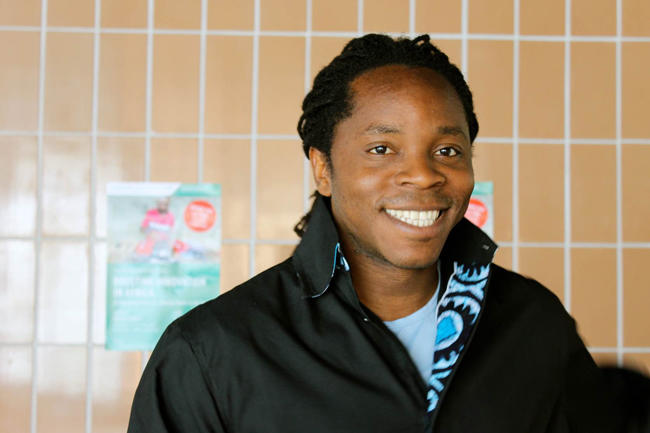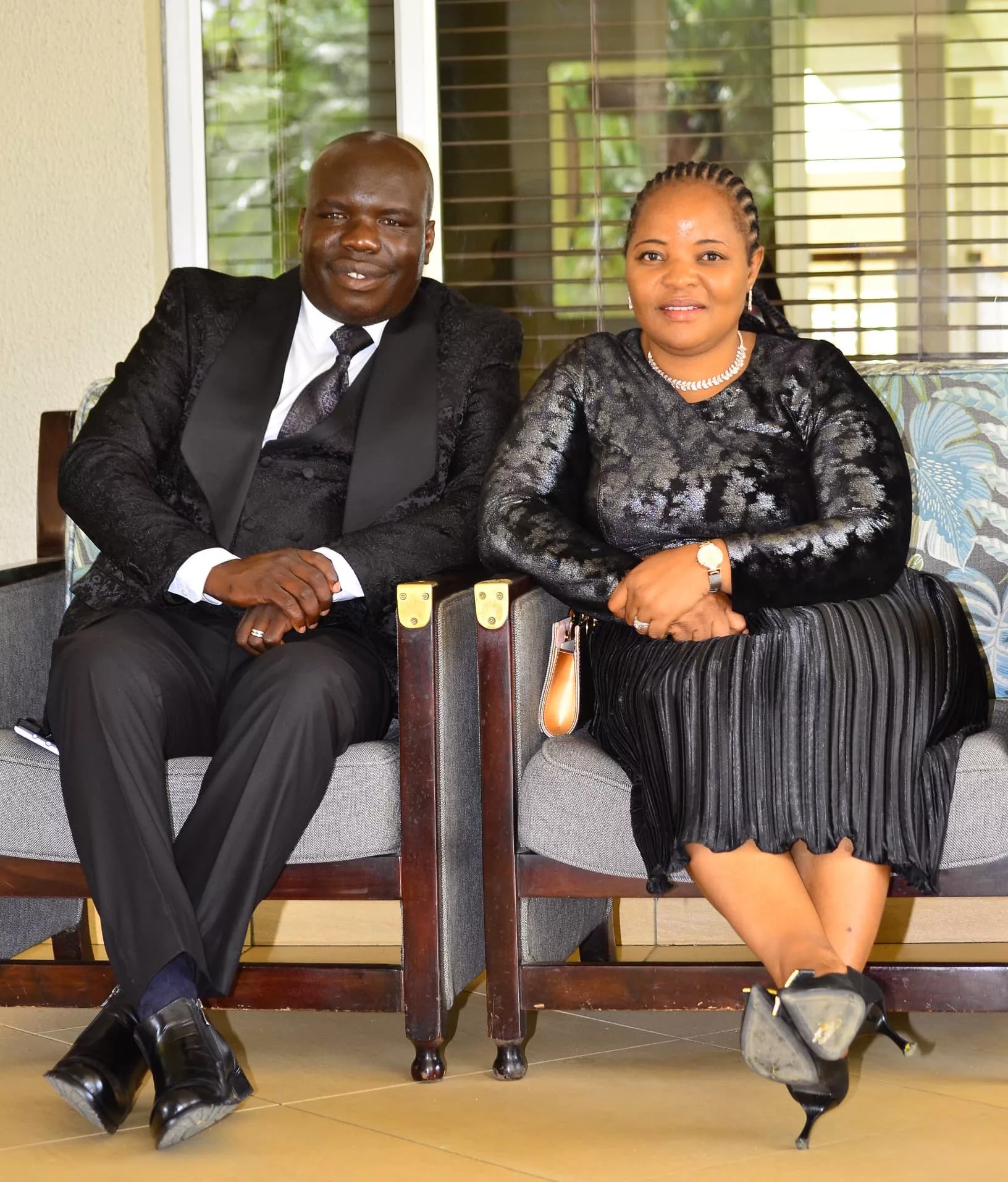By David Sengeh
These are difficult times. Every single country in the world has been impacted by the COVID-19 pandemic. As Minister of Basic and Senior Secondary Education for Sierra Leone, I am confronted daily with the challenge of keeping schools open, while making sure students, their teachers and their parents stay safe.
In the midst of all this uncertainty, a silver lining this week reminds us of what we are capable of when we get our priorities right. UNESCO’s new Global Education Monitoring Report on gender revealed the great progress the world has made in making sure more girls are going to school. The study, which commemorates the signing of the momentous Beijing Declaration and Platform for Action, unveiled that 180 more million girls are in school today than two and a half decades ago.
Since 1995, the percentage of girls’ enrolment in primary and secondary education has risen from 73% in 1995 to 89%. Progress in my own region, sub-Saharan Africa, accounts for 38% of this increase. More girls are going to and finishing school than ever before and those in the poorest countries are finally catching up. In primary schools in Sierra Leone, 40% more girls are completing school than in 1995.
While this is positive news, it’s not all cause for celebration. In a context of a pandemic reaping additional tolls on the most marginalised, the report warns that progress over the past decades has failed the most disadvantaged girls. In at least twenty countries – most of them in sub-Saharan Africa, hardly any poor rural young women will graduate from secondary school. Girls are still the most likely to suffer the most extreme forms of exclusion – they make up three-quarters of children who may never set foot in a classroom.
The pandemic risks setting this progress back further. We know from previous viral outbreaks that girls are disproportionately affected. Five years ago, in my country, the Ebola crisis led to an increase in early pregnancy rates due to school closures. A decision was taken at the time to ban all pregnant girls from returning to school and this policy took effect just as schools were reopening after the outbreak was under control. This ban had a devastating impact on the most vulnerable girls, many of whom had been forced into early marriage.
My government lifted the ban this year, a lesson on how to do things differently during this pandemic. We need to find solutions for the toughest challenges to girls’ education and this includes COVID-19. This applies to all sectors. Recovery packages that do not take education into account are not sustainable.
Because, when girls miss out on an education, the opportunity to break the cycle of poverty is lost. The benefits of investing in girls’ education, on the other hand, accumulate. The report calculates that the daughter of an educated mother will remain in school even longer than her mother.
We have the chance to do better. We can narrow down on the solutions that are known to work.
According to the report, which tracks progress of the education goal in the 2030 Agenda for Sustainable Development, there are some key culprits standing in the way of progress. Some are subtle. Women in textbooks are often portrayed in passive, dependent and domestic roles. A lack of gender-responsive counselling deters girls from studying science, technology, engineering and mathematics despite the fact that in most countries, girls are doing just as well as boys in maths.
Other barriers are more explicit: 335 million girls lack of water, sanitation and hygiene facilities in their school and for many others, schools are unsafe environments, where verbal and sexual harassment, abuse and violence prevail.
I would like Sierra Leone to be an example to others not only for lifting bans on pregnant girls and young mothers but also for supporting them to return to school. A quarter of girls under the age of 18 in sub-Saharan are already mothers. They need our support to continue school and receive an education that empowers them, including to fulfil their sexual and reproductive health rights.
I urge leaders to learn from policies that have worked in other circumstances that will enable them to continue on the path towards gender equality and quality education for all. The Generation Equality Forum, planned for 2021, is tasked with developing a new text that could replace the Beijing Declaration. Those working on this new blueprint for women’s rights must ensure the thread of education weaves through all solutions for the next generation.
Education will benefit from a new emphasis on women’s rights at the Forum. Entrenched patriarchy and discrimination are at the heart of many education problems. This is why social assistance and social protection programmes that target families with daughters who are condemned to care and housework roles are needed to help girls remain in school.
In Sierra Leone, two new policies on radical inclusion and comprehensive safety have taken effect, which aim to bring in an evidence basis that can support girls’ education. This makes the contents of Reports such as today’s so important, with international best practices based on principles of collaboration, research and action. They teach us what needs to be done for gender equality in education during these hard times. We must heed its warnings so that we do not let this pandemic roll back progress and fail another generation of girls.
Hon Dr. David Moinina Sengeh is the Minister of Basic and Senior Secondary Education of Sierra Leone and newly appointed Chair of the Advisory Board for UNESCO’s Global Education Monitoring Report.






